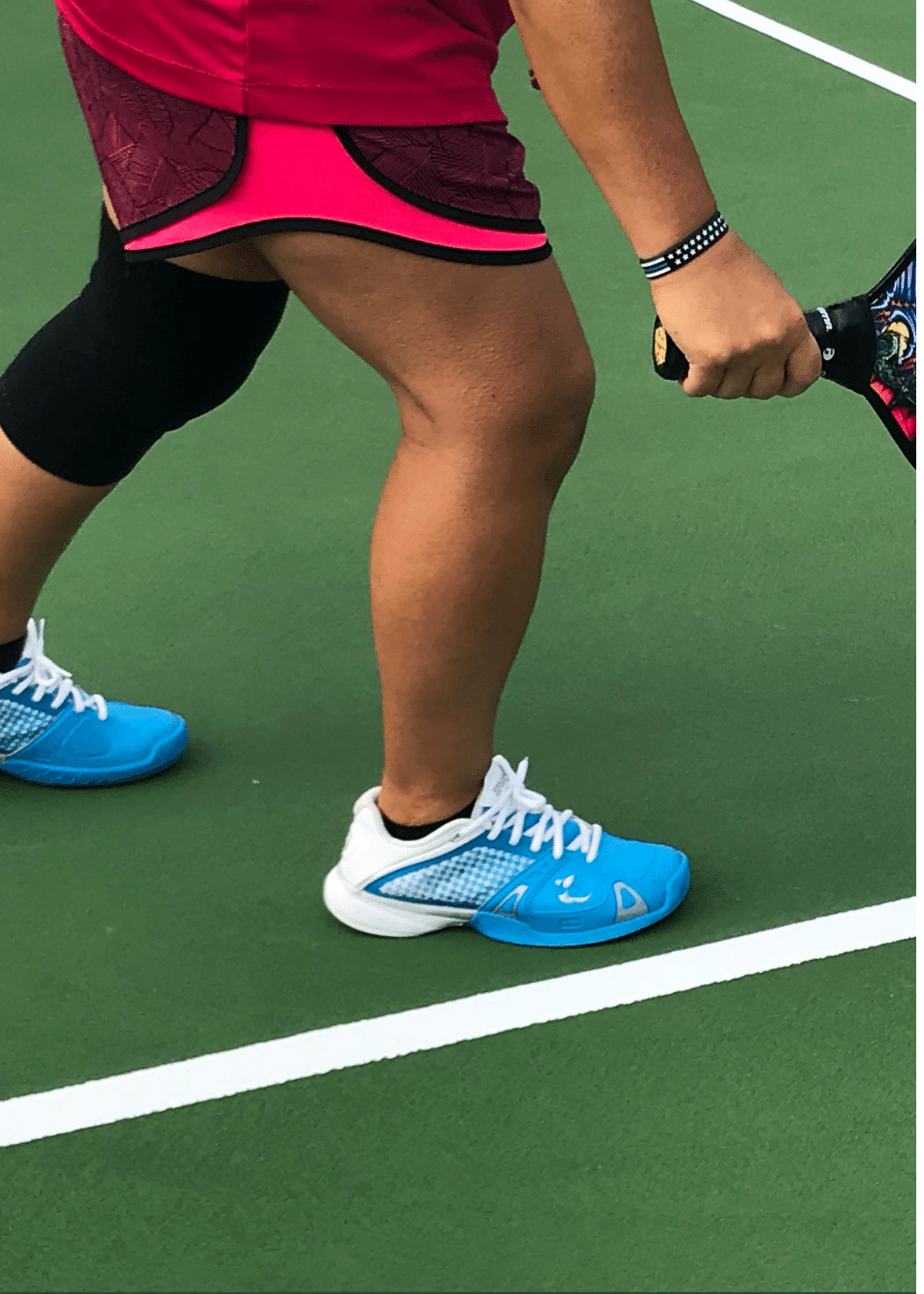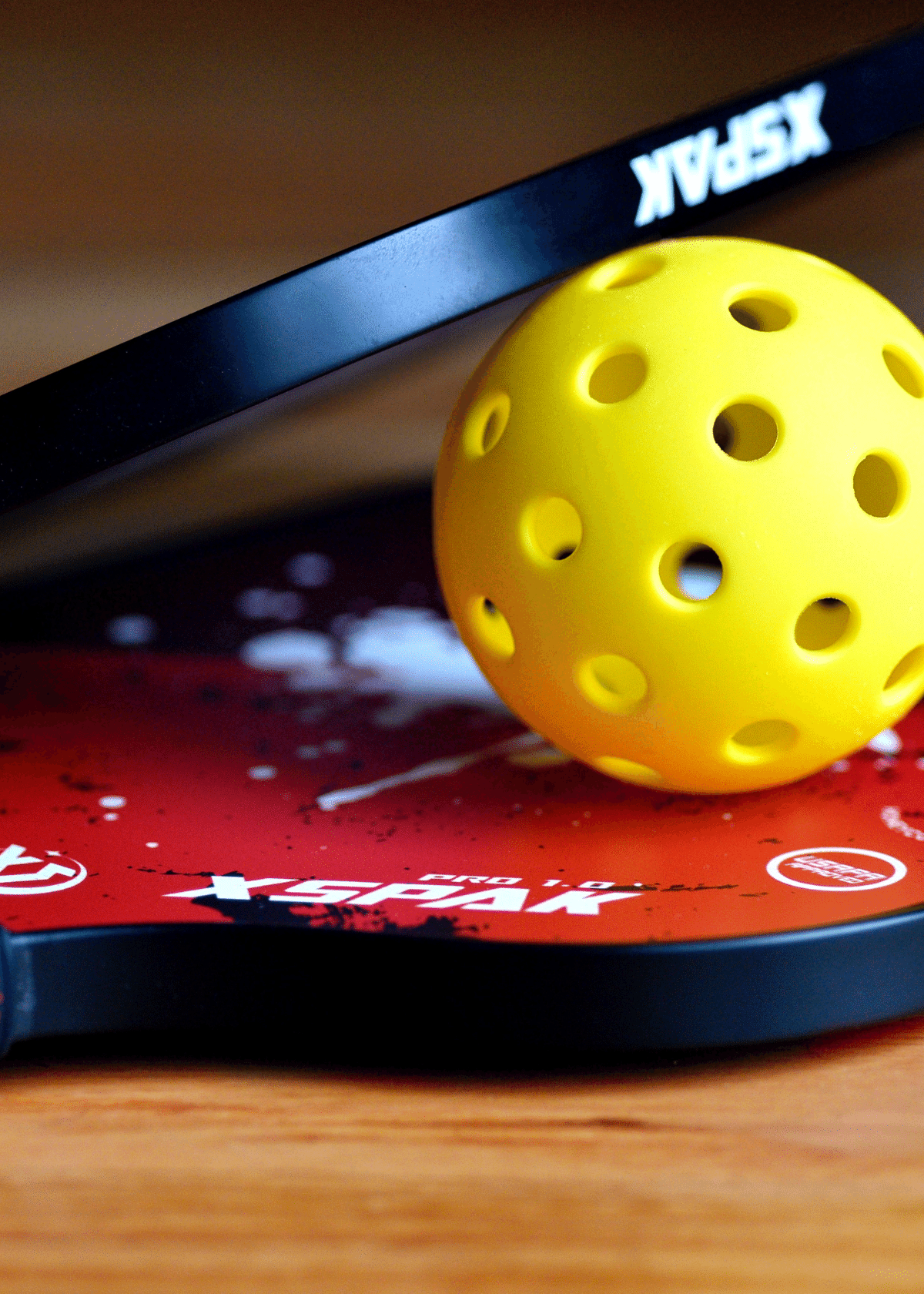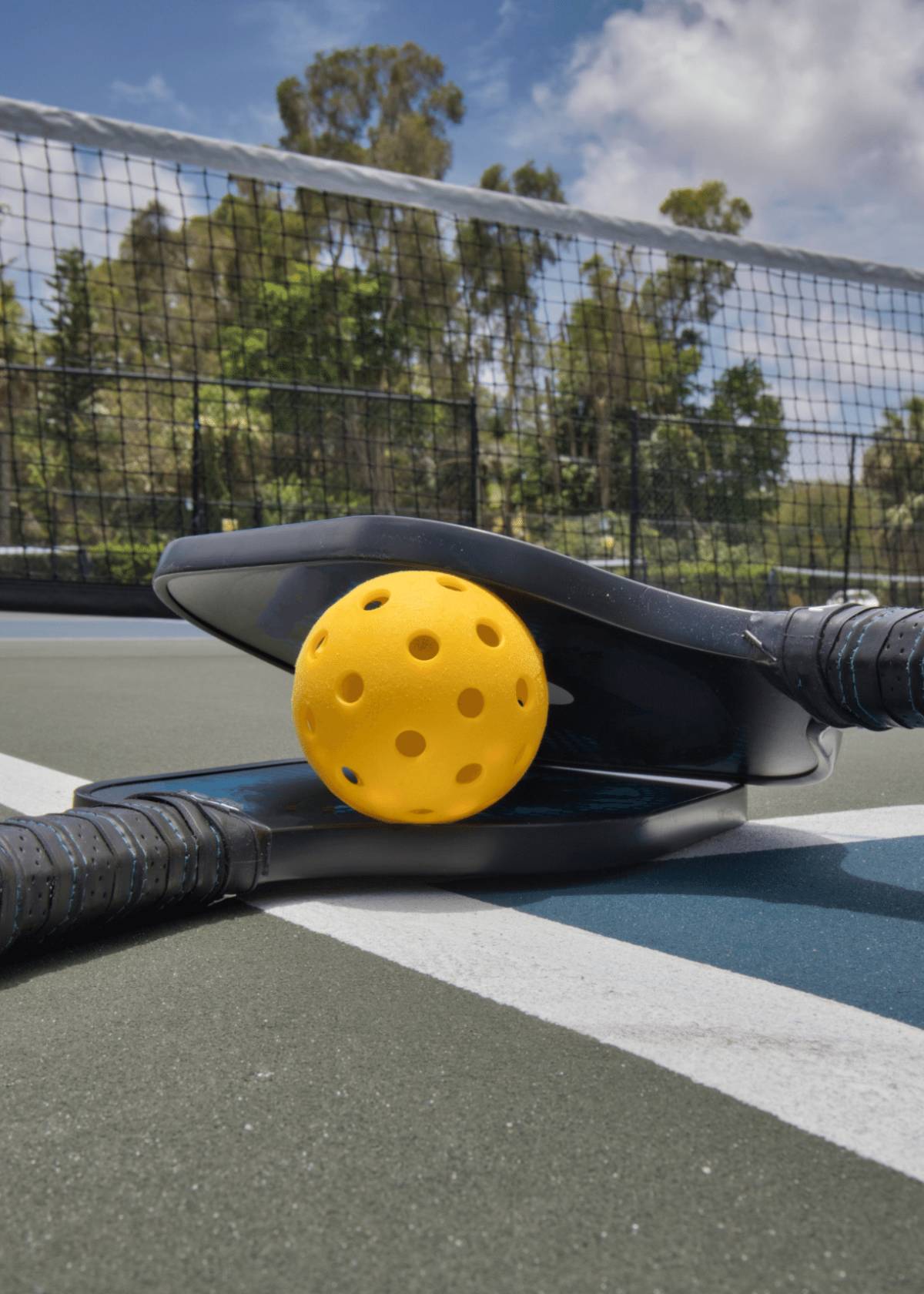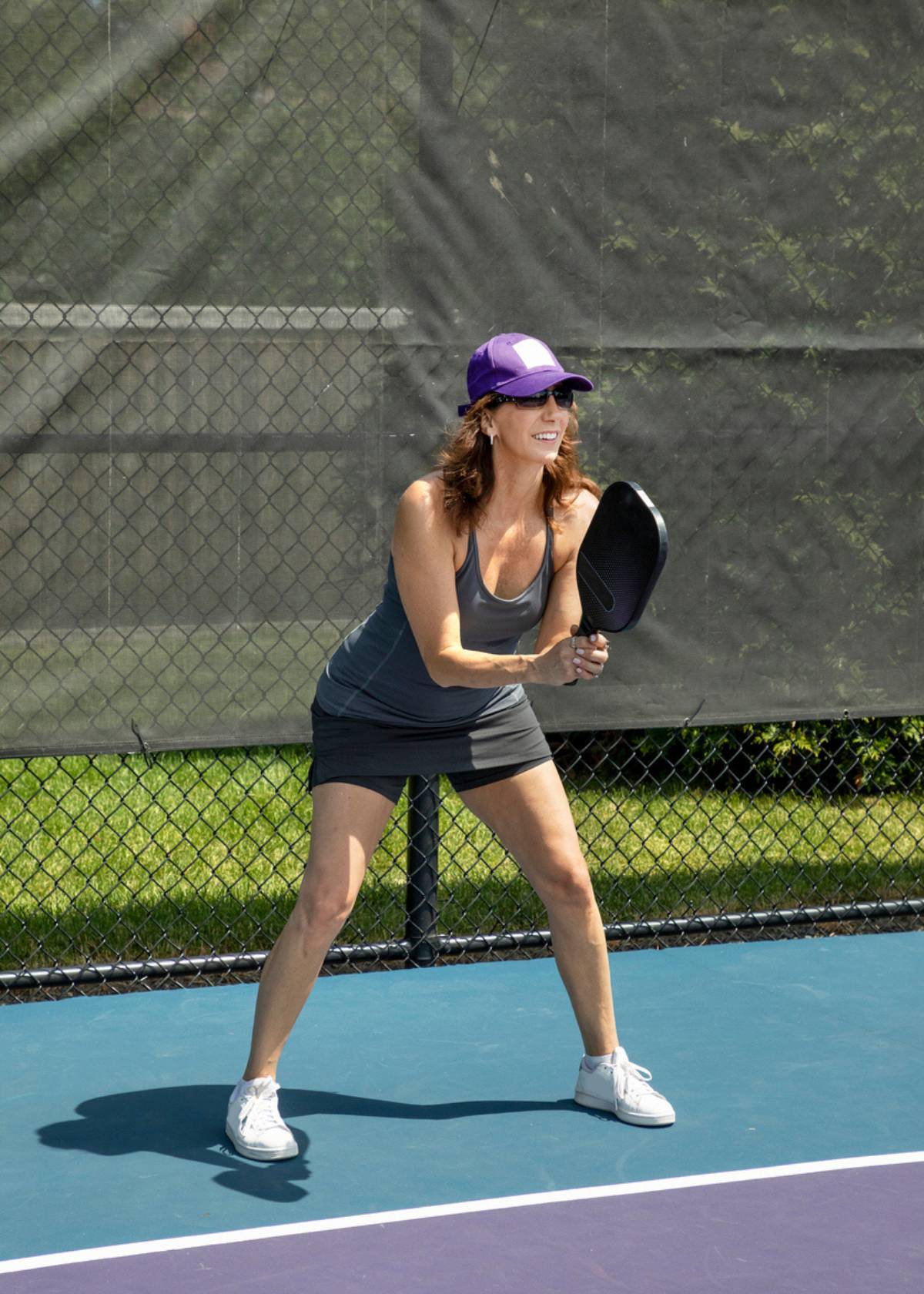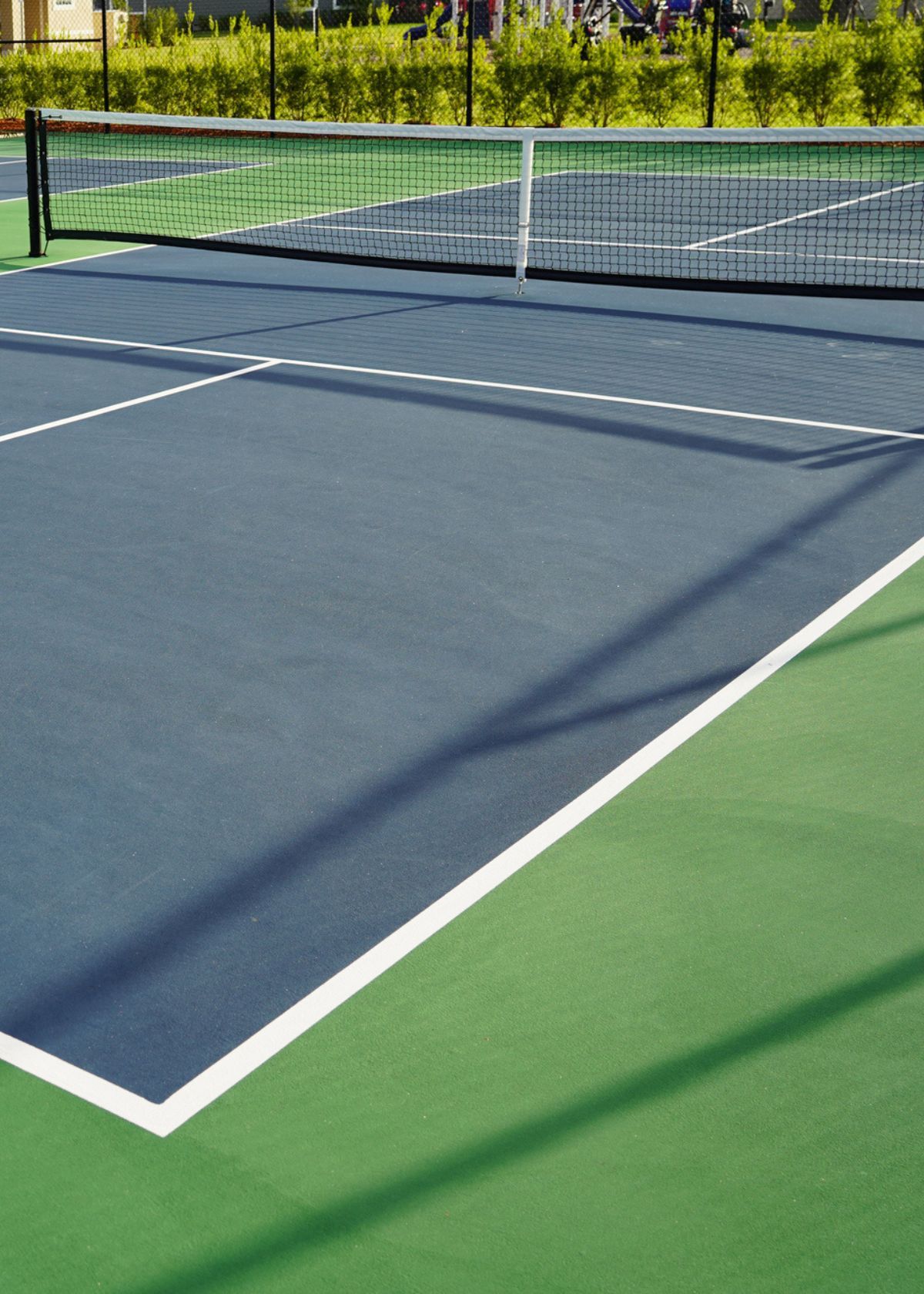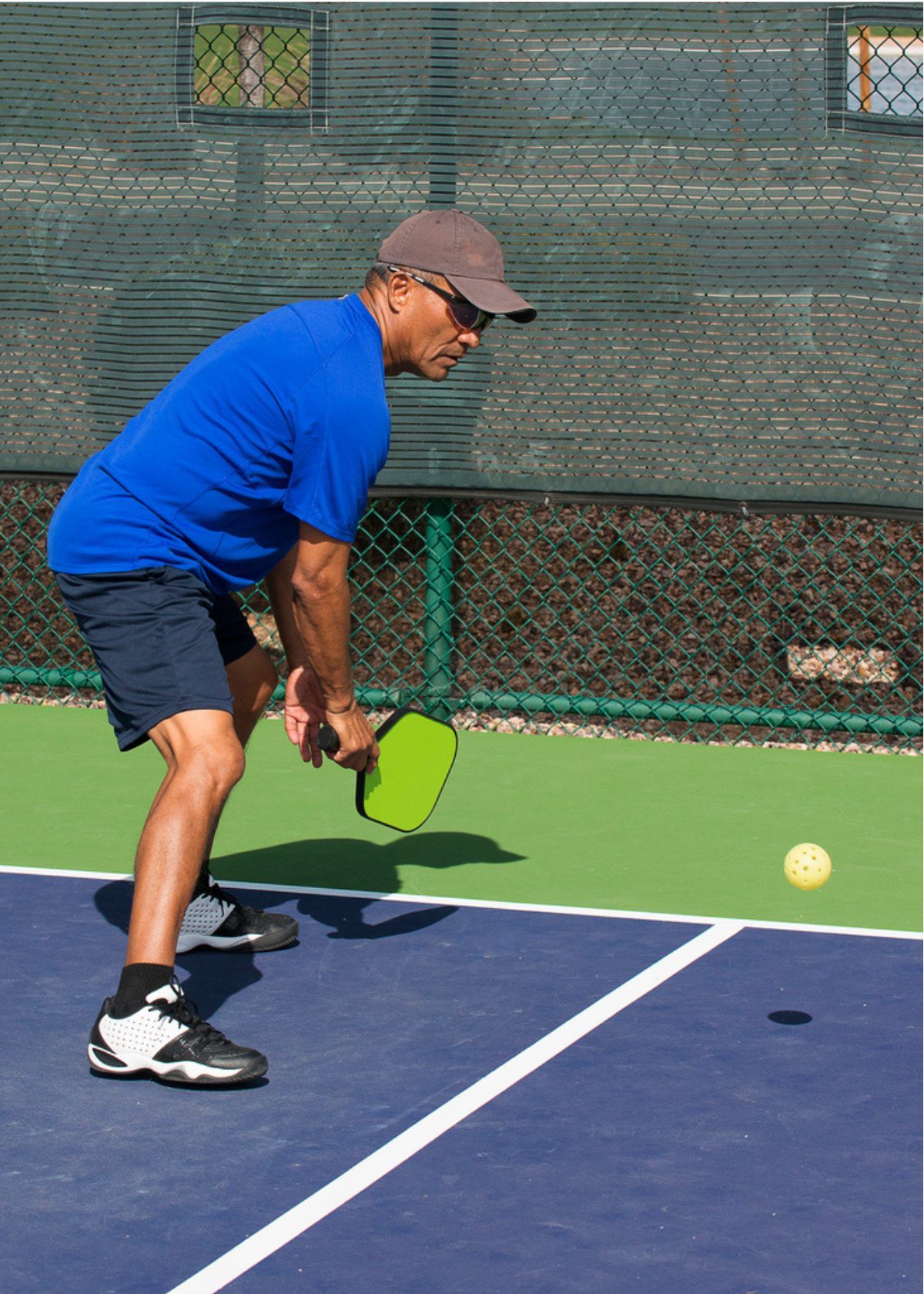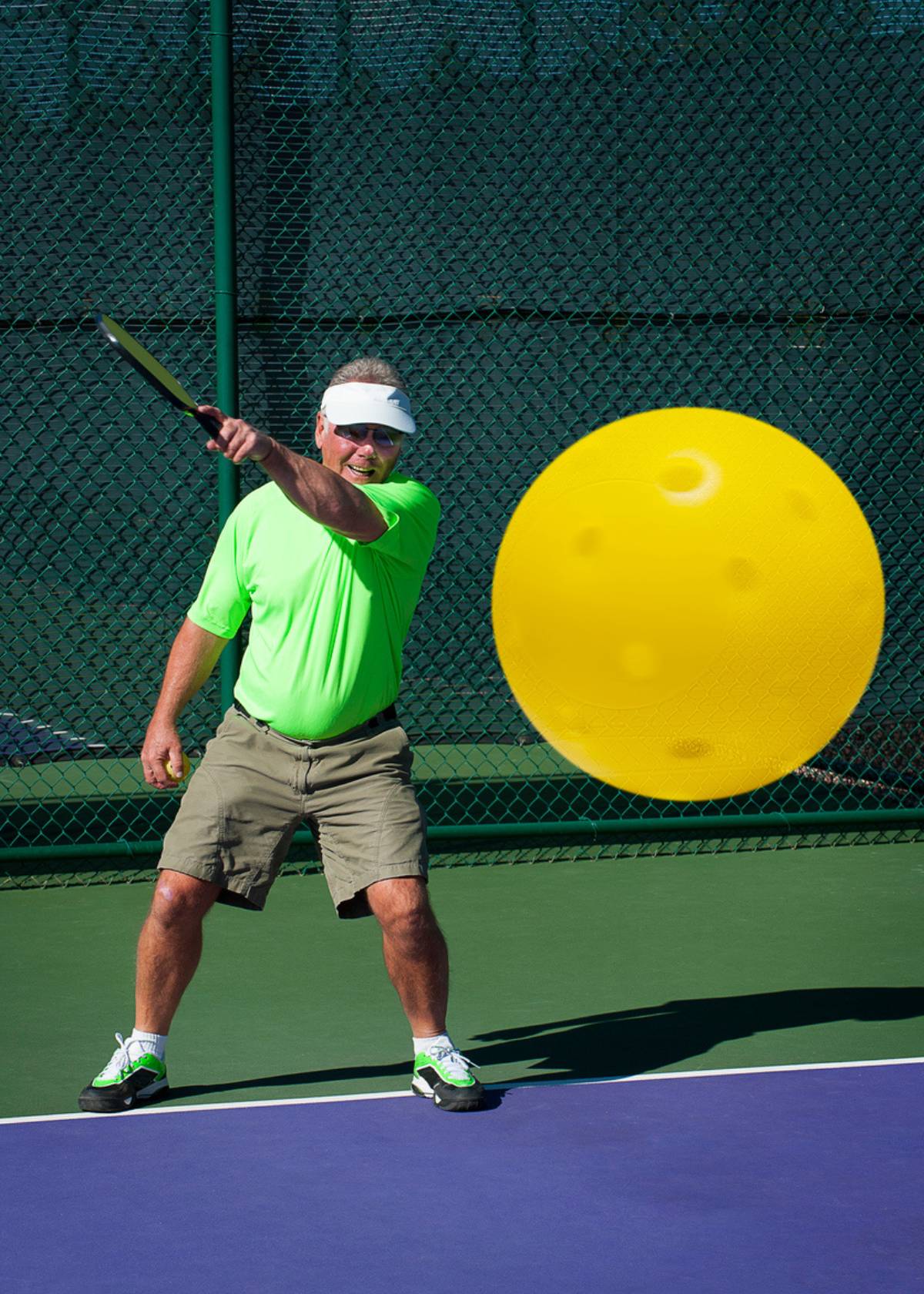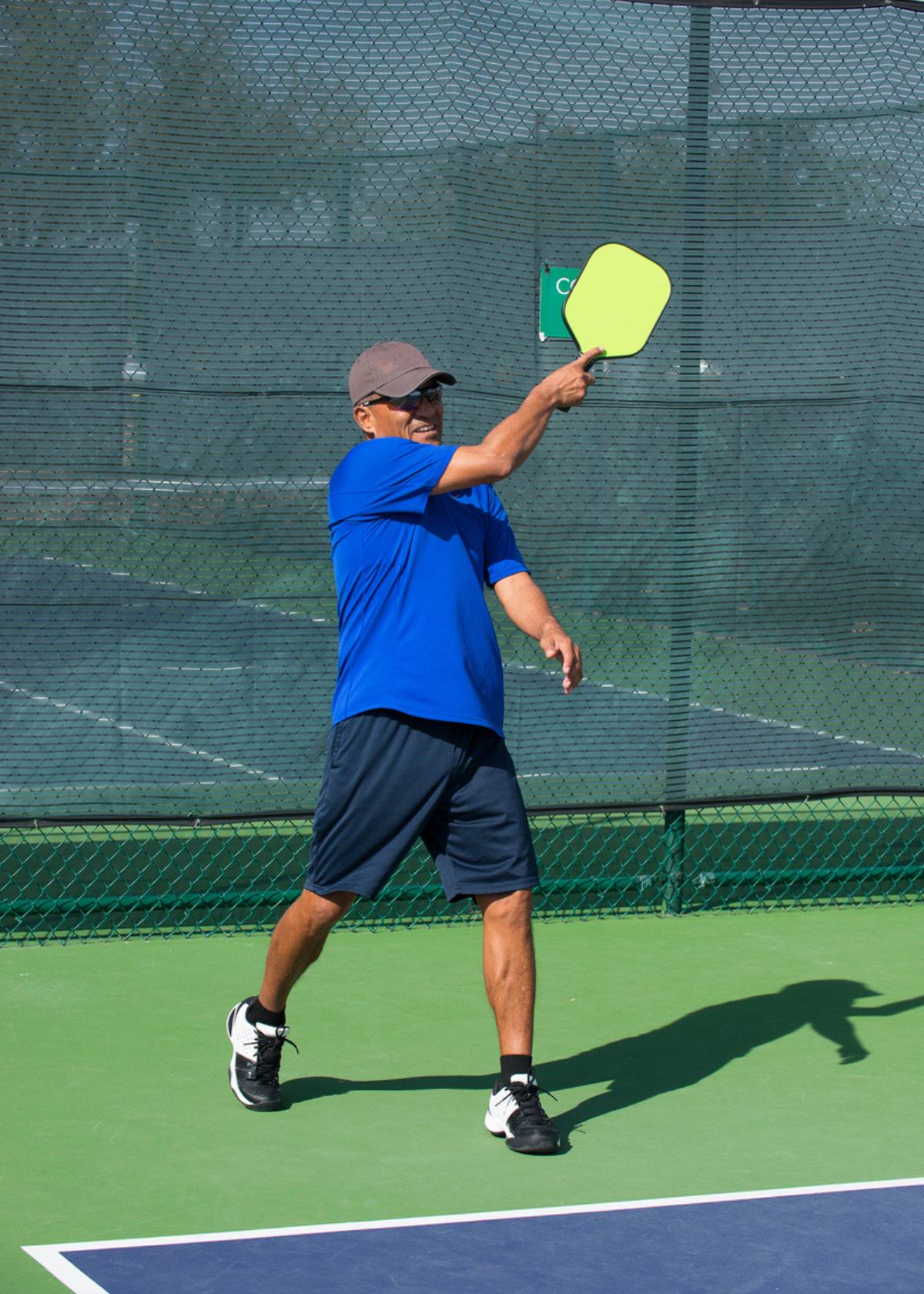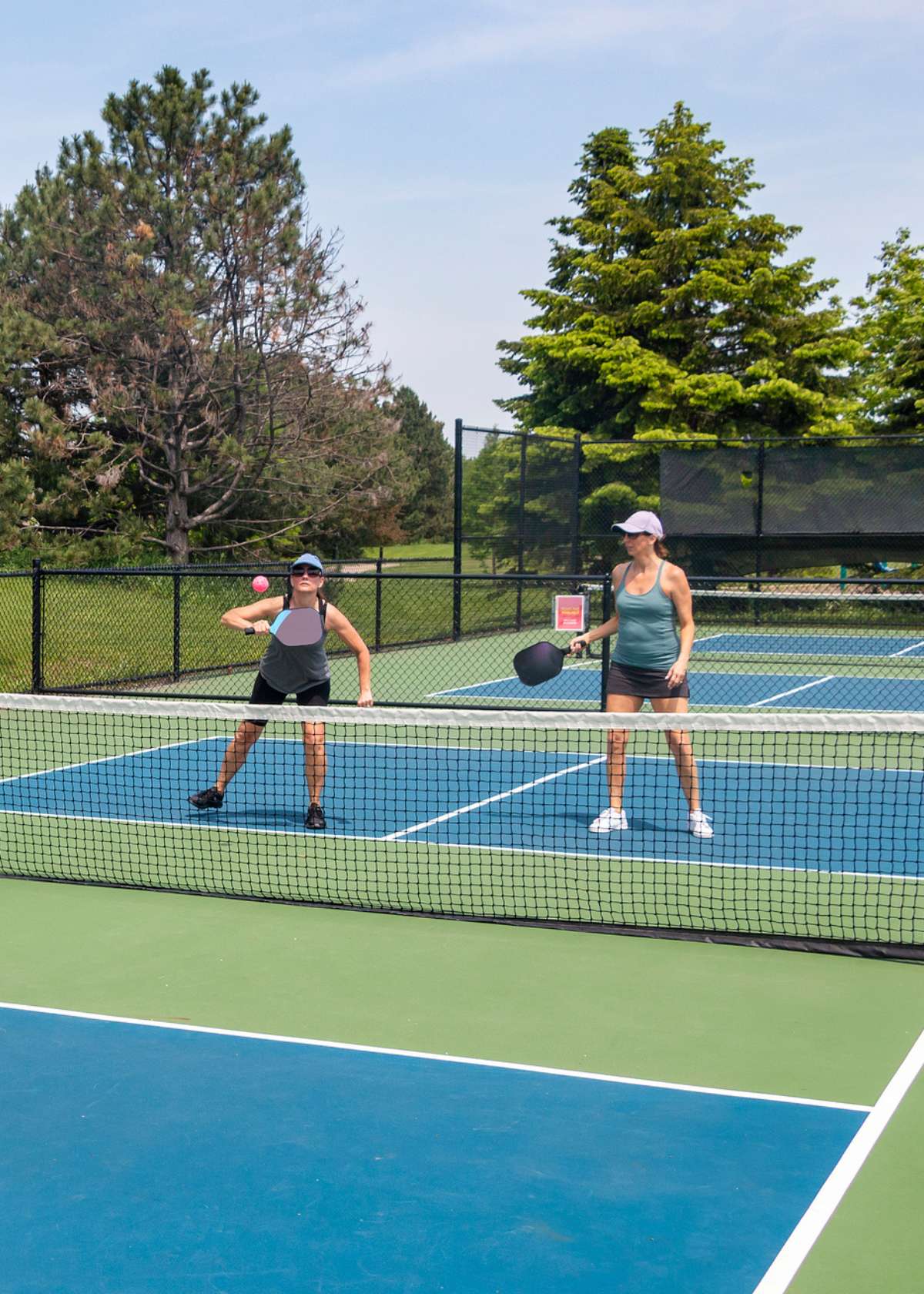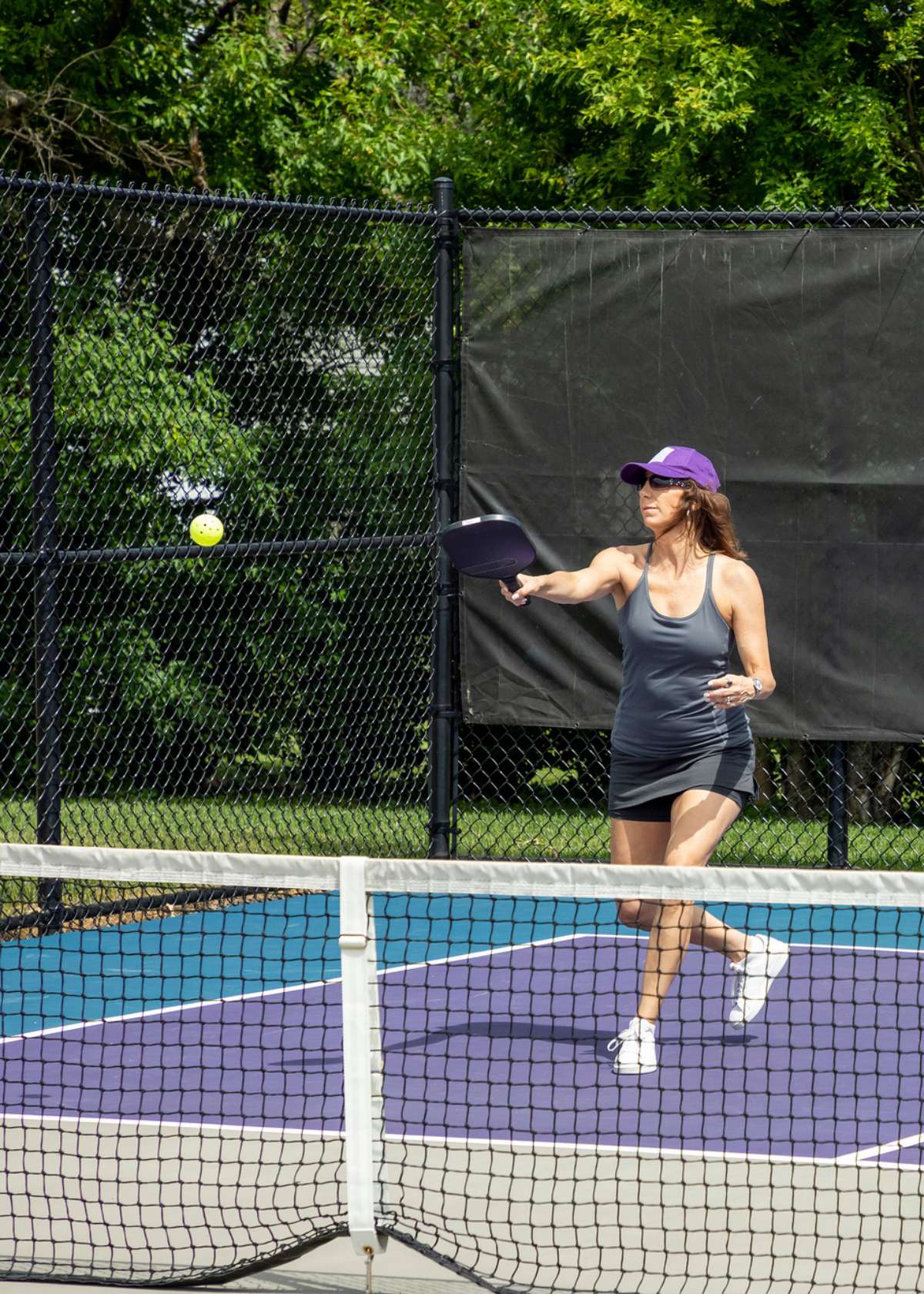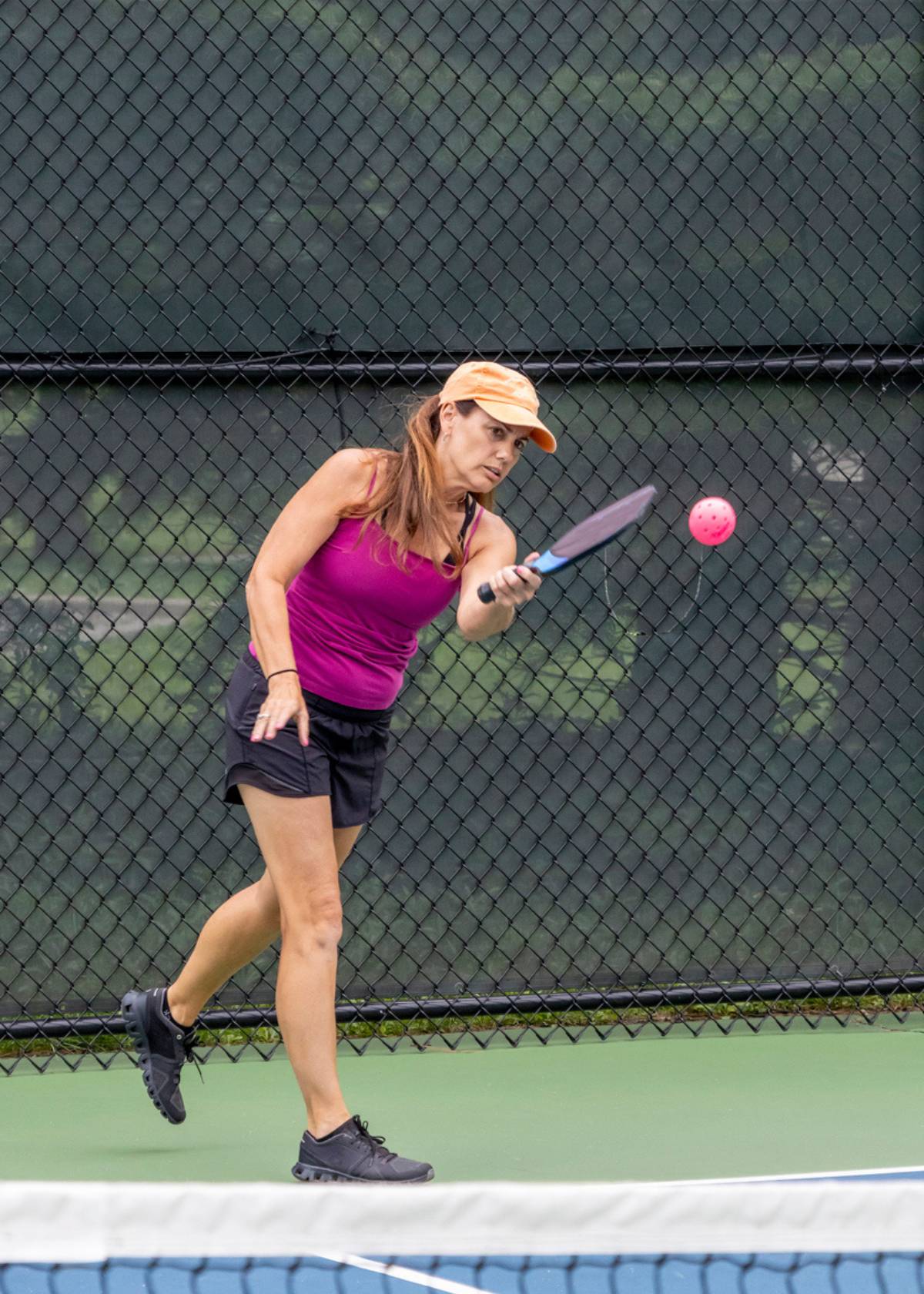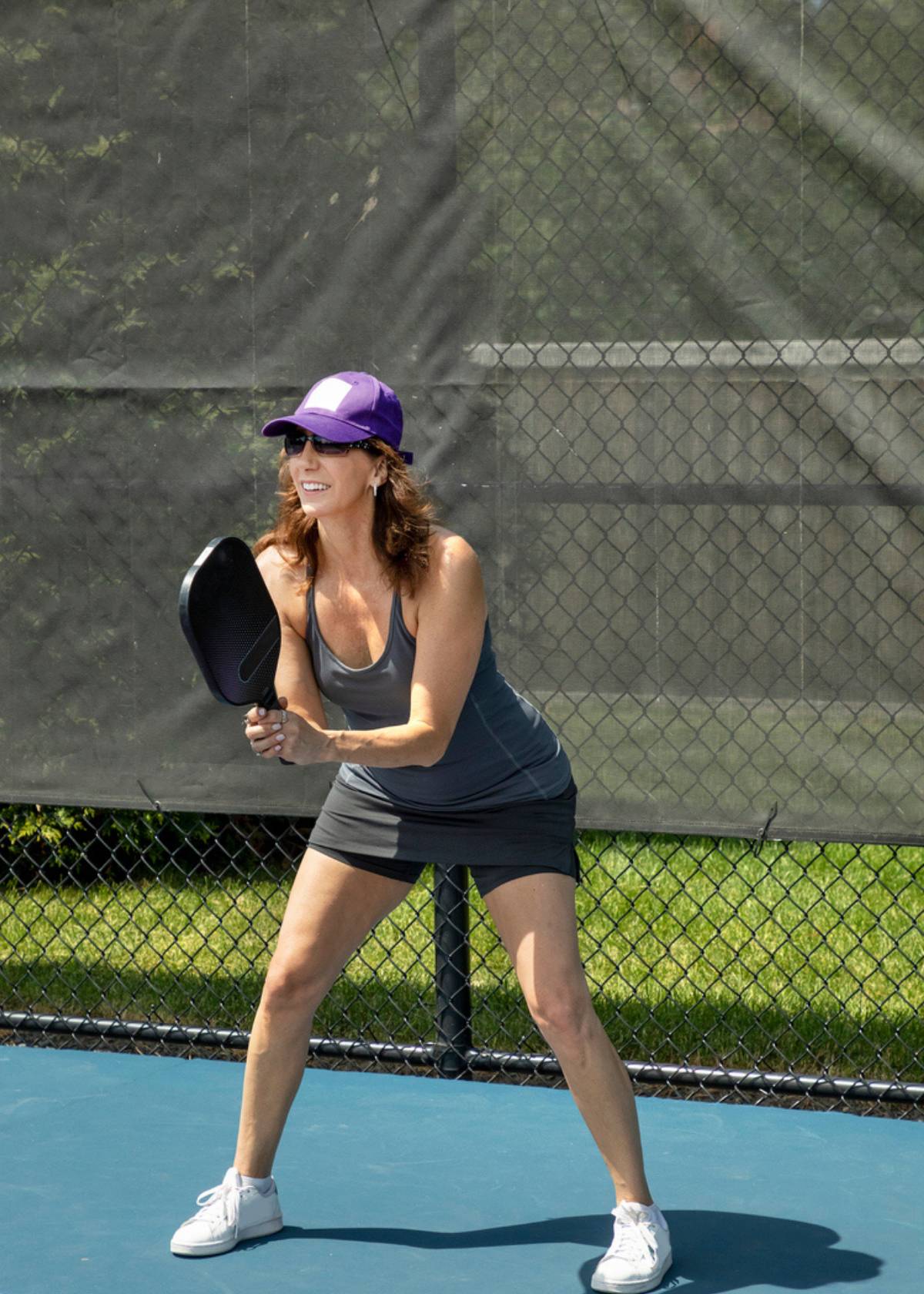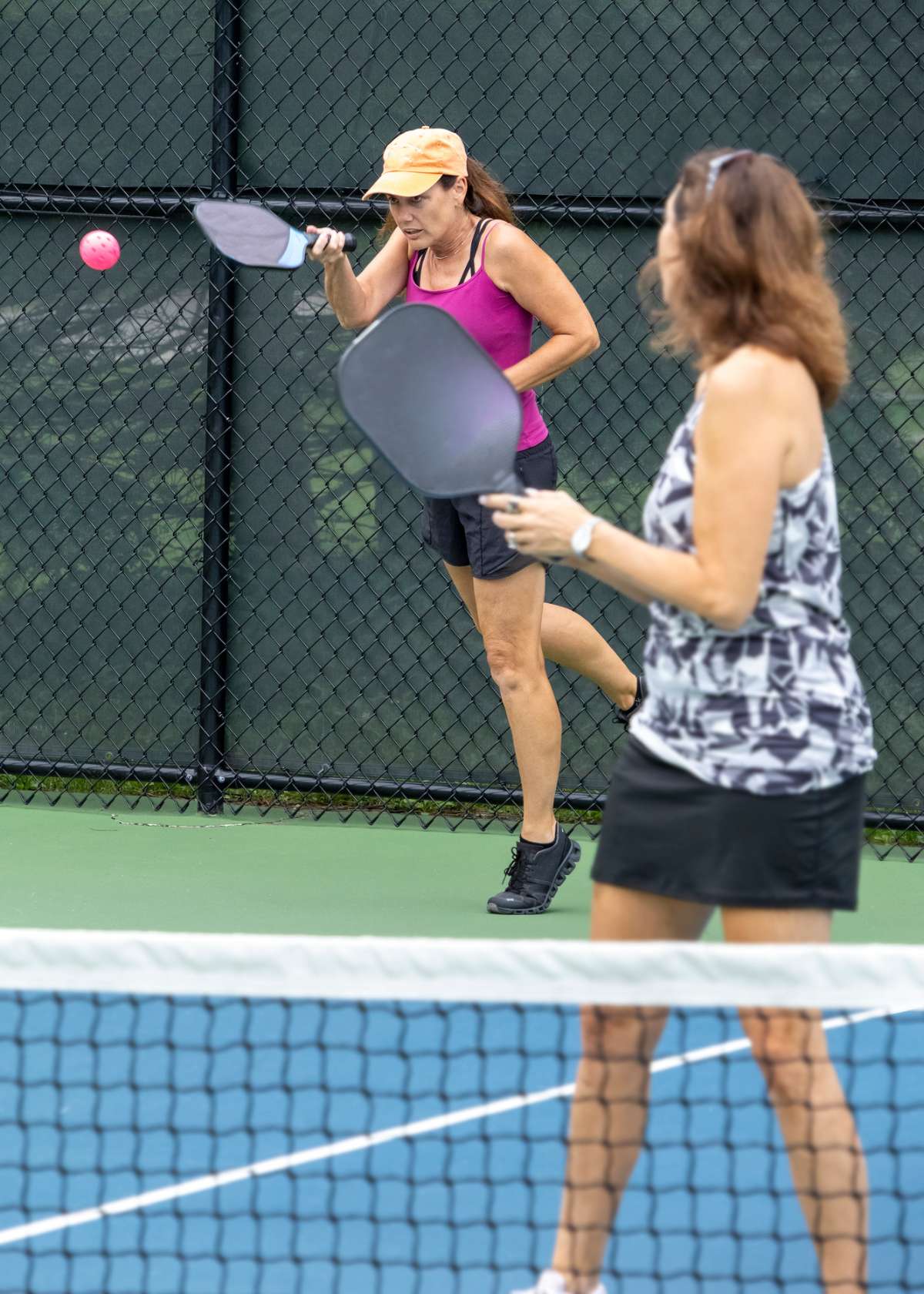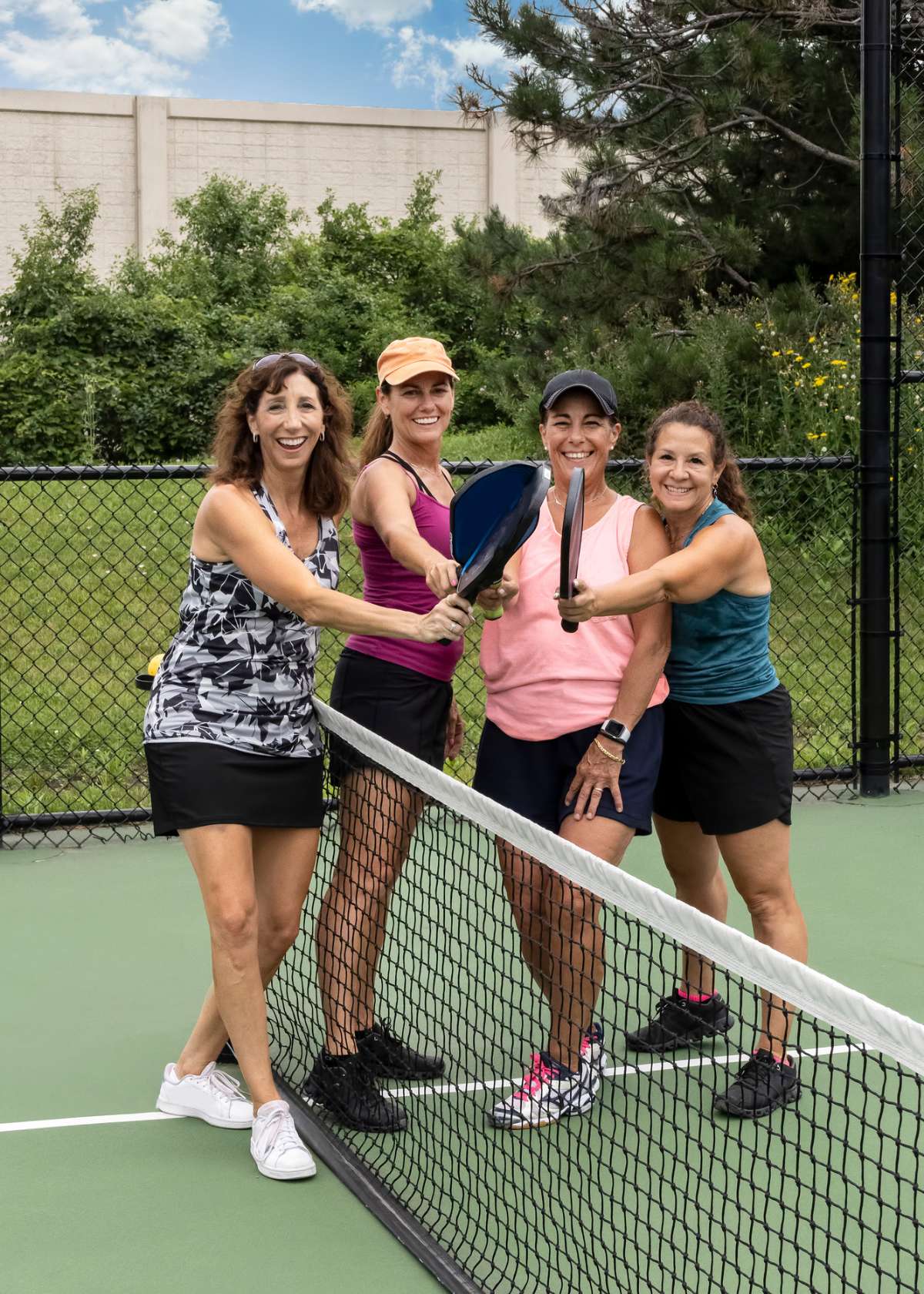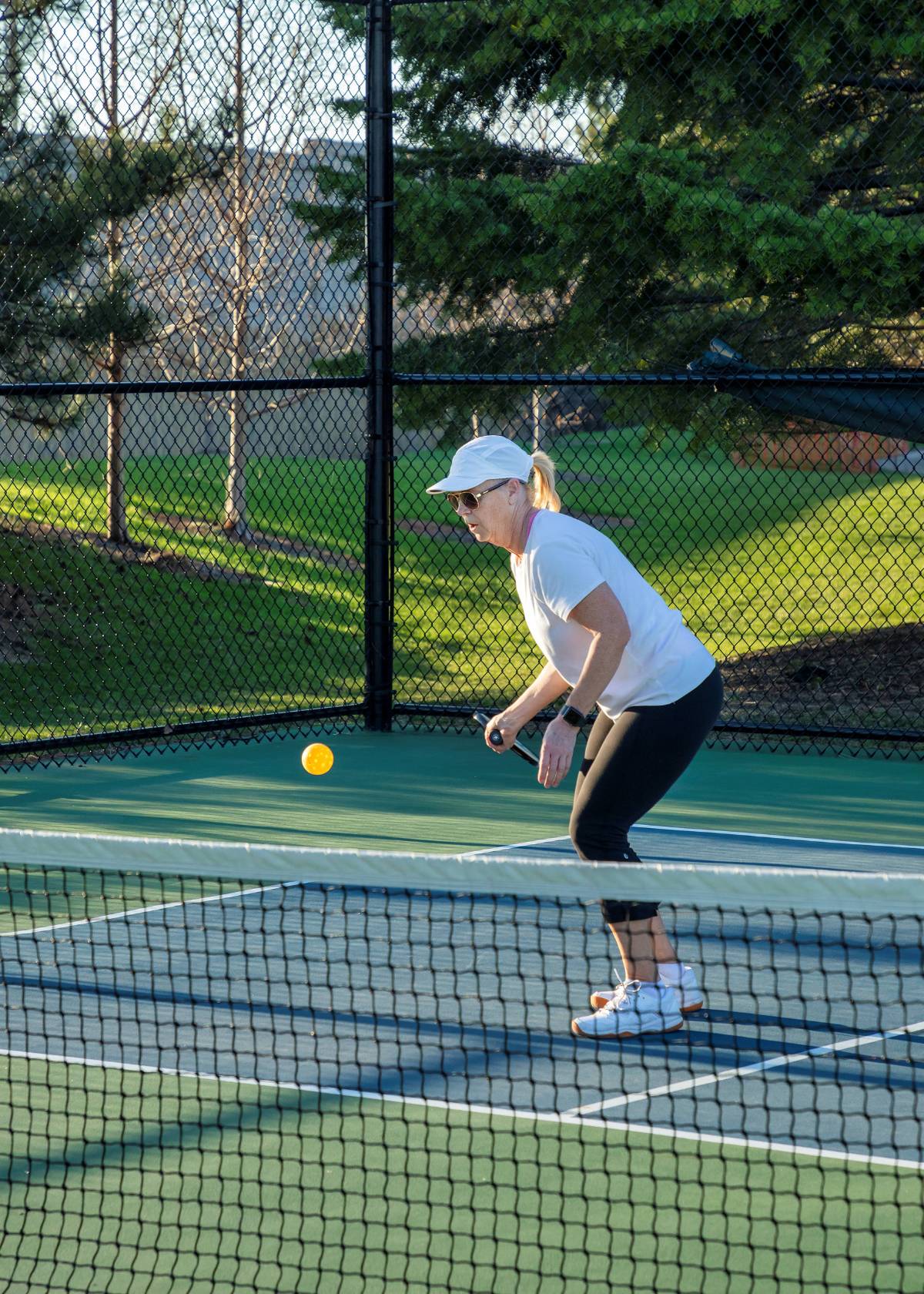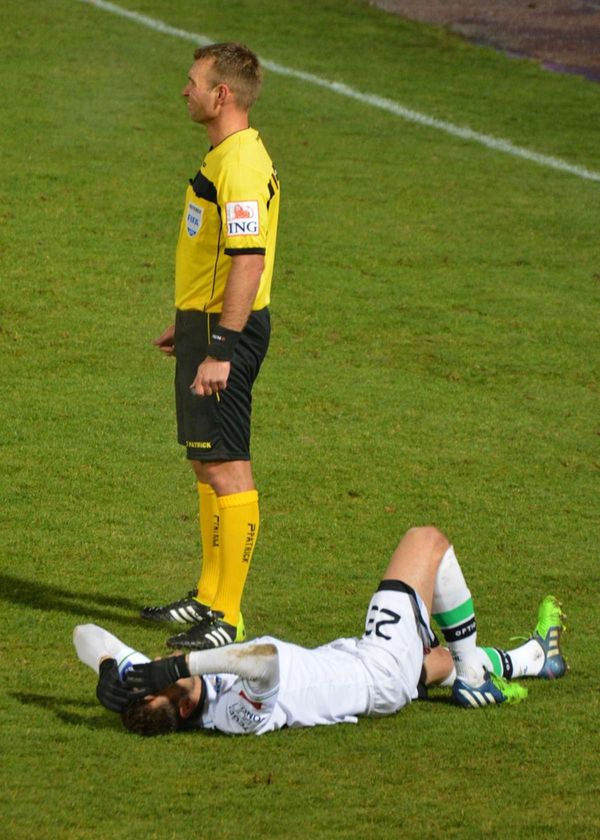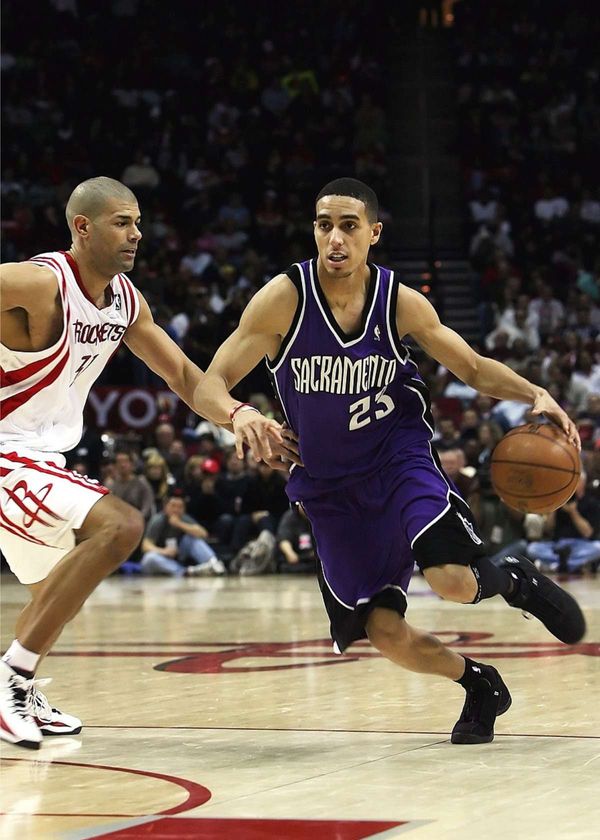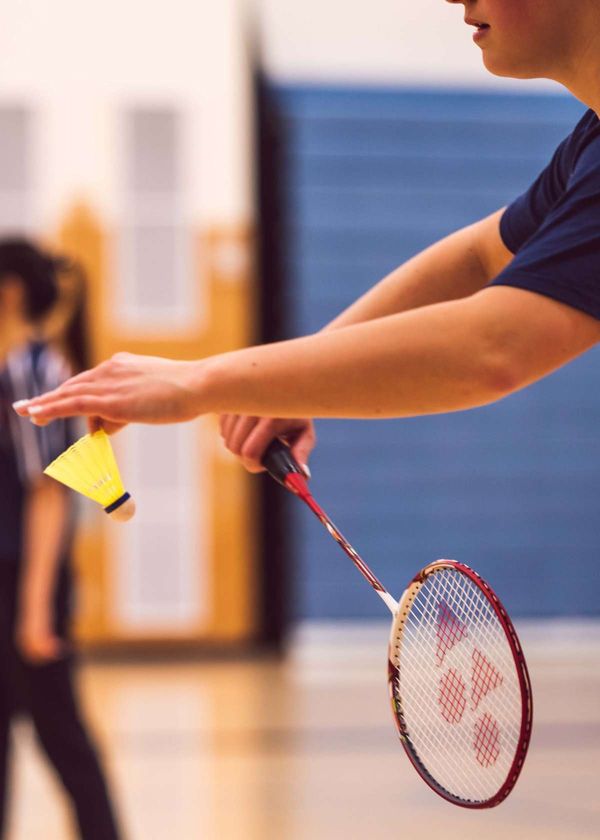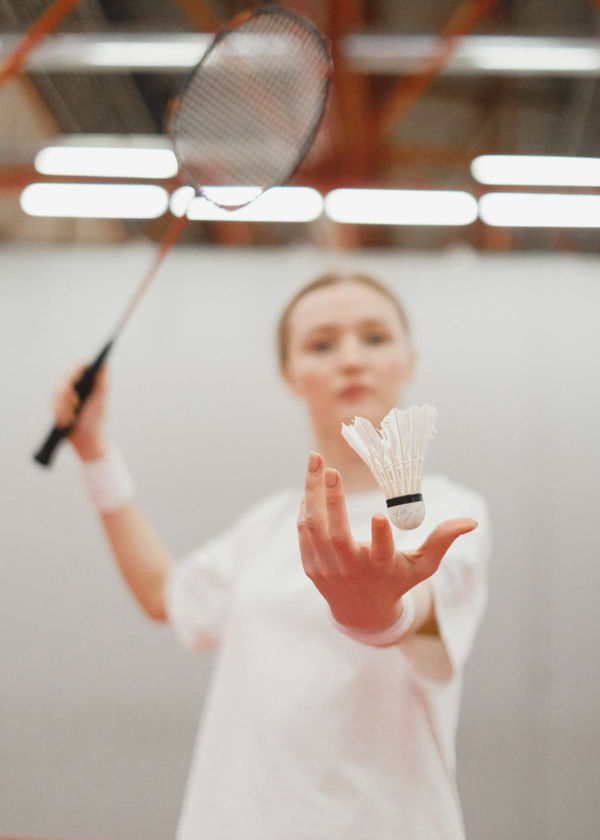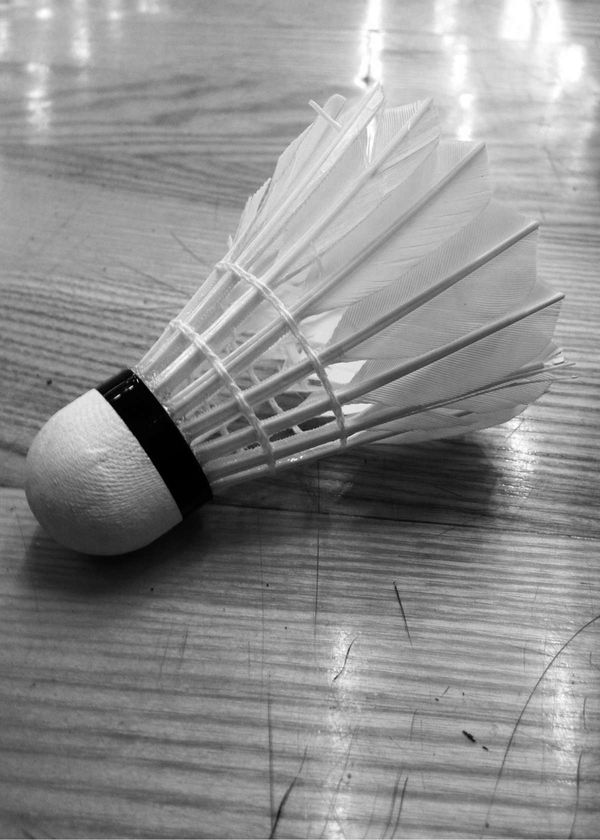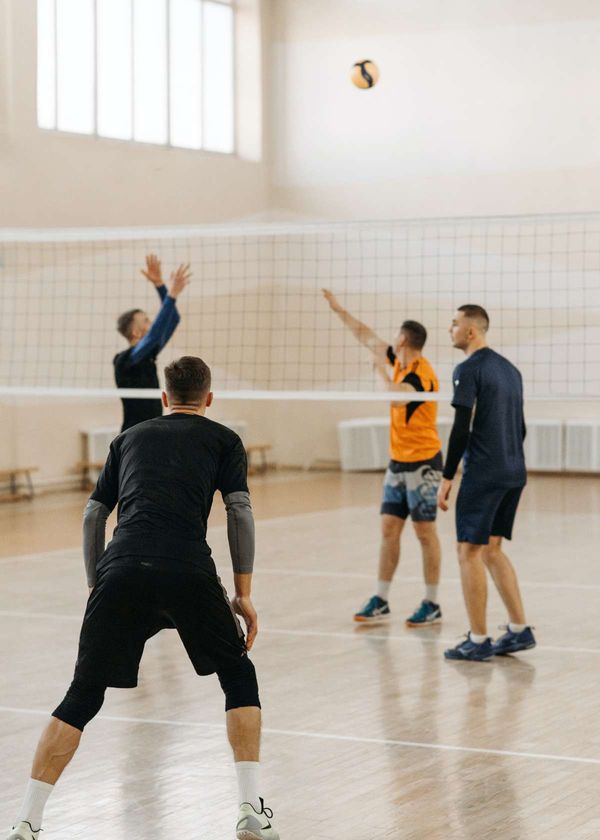Pickleball is an exciting and fun sport for people of all ages, fitness levels, and skill levels. However, to truly enjoy and excel at the game, it is important to know and understand the basic rules of the game.
As with any sport, there are specific strategies and tactics that are unique to pickleball. In this article, we’ll guide you through the top 9 things that beginners should know about pickleball rules.
1. Serving
The serving team or player must serve the ball from behind the baseline and diagonally across the court. The serve must land in the designated serve box on the other side of the net. A fault will be called if the ball lands outside the boundary lines or in the wrong service box.
The server has only one serve attempt. The serving team can only score points if the server serves the ball and it goes over the net without touching the net and lands in the proper service court on the opposite side. The server's first serve attempt must be made from the right-hand court, and after a point is won, the server switches to the left-hand court for their second serve attempt.
One essential rule is that the server serves underhanded below the waistline and at least one foot behind the baseline. If the server hits the ball out of court or fails to clear the net, the server loses the serve, and the opposing team gets a chance to serve.
In the case of a serving doubles team, both teammates have to take turns to serve. It is also important for the server to double-check their position before serving to make sure they are standing behind the baseline and within the sidelines of their service court.
2. Double Bounce Rule
The double bounce rule is one of the fundamental rules of pickleball that ensures fairness in gameplay. As per the rules of pickleball, the serving team must let the ball bounce once before making a volley, and the opposing team must also let the ball bounce once before returning the ball.
This rule prevents any player from gaining an undue advantage by cutting off their opponent's opportunity to hit the ball back. The two-bounce rule also ensures that pickleball is a game of skill, agility, and precision, rather than just brute force.
By knowing and following the rules of pickleball, beginners can seamlessly integrate into the game and have a great time playing it.
3. Faults
There are several types of faults in pickleball, including stepping into the non-volley zone while hitting the ball, hitting the ball out of bounds, and hitting the ball into the net. A fault will result in a point for the other team.
In addition to the faults mentioned above, there is also the two-bounce rule in pickleball as explained in the "Double Bounce Rule" section.
Another common fault in pickleball is crossing the non-volley zone line while making a shot. The non-volley zone, also known as the "kitchen", is the area closest to the net and extends seven feet on either side of it.
4. Scoring
Pickleball games are typically played to 11 points (win by 2), and points can be won both on serve and on defense. In tournament play, games are often played to 15 or 21 points.
In scoring, only the serving team can earn points. If the serving team wins a rally, they will earn a point and continue to serve. However, if the receiving team wins a rally, they will take over the serve and have a chance to score.
It is important to note that the serving team only gets one serve attempt, so it is crucial to make it count. The serving team's score will increase only if they win a rally while serving, and they will continue to serve as long as they keep winning rallies.
In tournament play, matches are typically played in a best-of-three or best-of-five format, increasing the importance of every point earned by the serving team.
5. Non-Volley Zone
The non-volley zone, also known as the kitchen, is a seven-foot space on each side of the net where players are not allowed to hit the ball in the air. Players are not allowed to enter this zone and hit the ball in the air unless the ball has bounced first.
If a player violates this rule, it is considered a fault and the opposing team earns a point. This rule ensures that players cannot simply dominate at the front of the net without giving the other team a chance to return the ball.
Additionally, the non-volley zone line is marked on the court with a distinct color to avoid confusion. Understanding the importance of the non-volley zone is crucial to playing pickleball effectively and winning against the opposing team.
By following the rules and staying out of the non-volley zone, players can have a fair and enjoyable game.
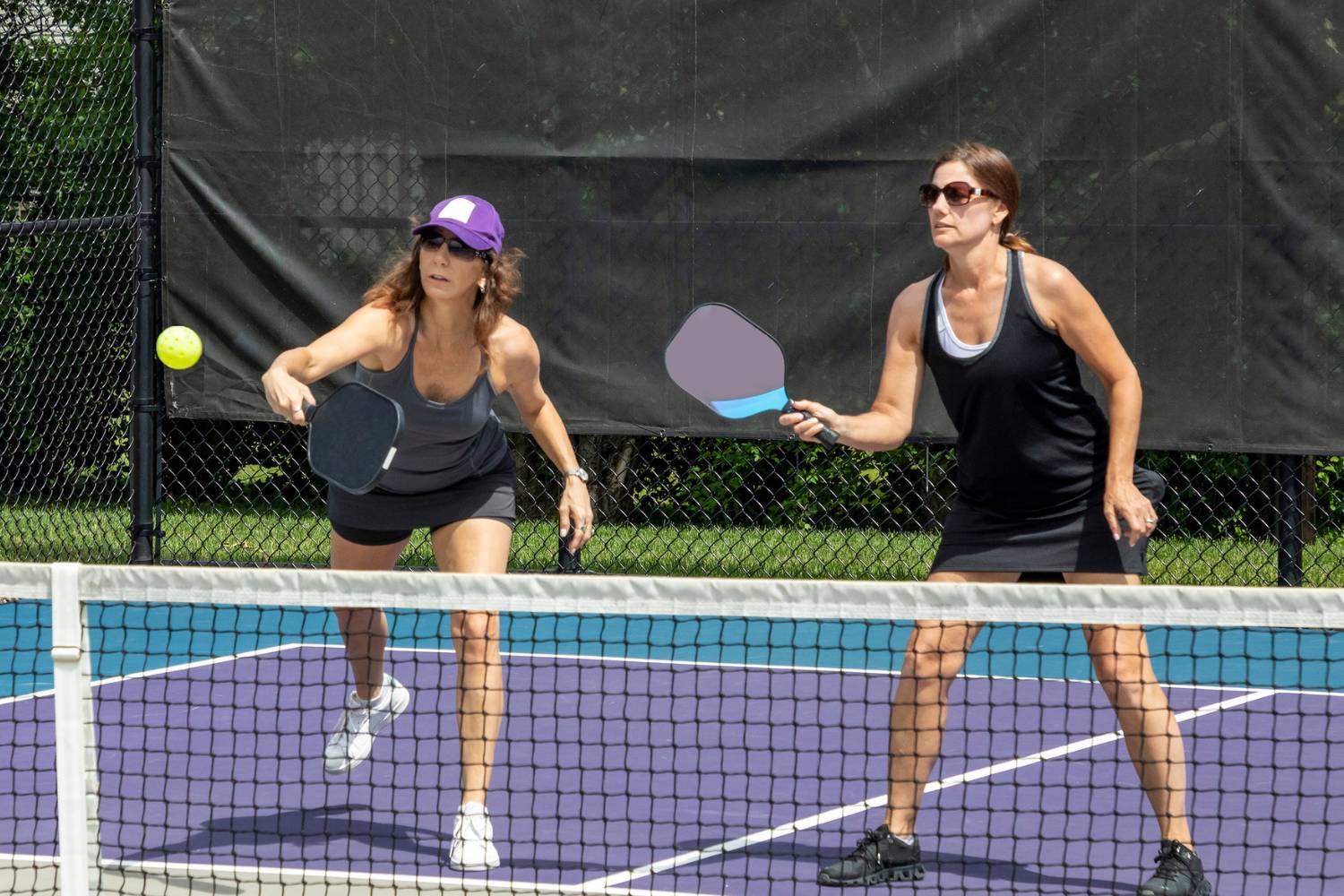
6. Let Serve
Before 2021 in Pickleball, the ball may hit the net on a serve and still go over. If this happened, it was called a let serve, and the serving player got to serve again without any penalty.
In addition to the let serve rule, it was important to note that the ball must also clear the non-volley zone line while serving. If the ball hits the non-volley zone line or lands in the kitchen, it is considered a fault, and the server loses the serve, resulting in a point for the receiving team.
However, the "Let Serve Rule" was removed from the rules in 2021. Since then, if a serve hits the net but lands in the opponent's service box, the serve is legal and play continues as normal.
7. Foot Faults
When serving, the serving player must not step on or over the baseline before hitting the ball. If they do, it is called a foot fault, and the point goes to the other team.
It is crucial for players to abide by the service rule and avoid committing foot faults during a serve. The server must have at least one foot behind the baseline and cannot touch or cross over it before hitting the ball. If a foot fault occurs, the server loses the serve, resulting in a point for the receiving team.
To avoid such errors, players must maintain their balance and ensure that their foot remains behind the baseline throughout the serve.
8. Switching Sides
At the end of each game, or when a team reaches 11 points, the players must switch sides of the court. This ensures that neither side has an advantage due to sun, wind, or other conditions.
Switching sides of the court is a crucial part of following pickleball rules, as it ensures fair play and minimizes the impact of external factors on the game.
This rule ensures that no team has an unfair advantage due to the positioning of the sun, wind, or other external factors. Additionally, switching sides of the court allows players to adjust their playing style to better suit the conditions on the other side of the court.
So, the next time you play pickleball, be sure to follow all the rules, including switching sides of the court.
9. Out of Bounds
If a ball lands on any part of the court boundary, it is considered out of bounds, and a point is awarded to the other team.
Players must also be mindful of the trajectory of the ball, as it can change direction due to factors such as wind or the bounce of the court.
By staying alert and adjusting their movements accordingly, players can maximize their chances of hitting the ball within the designated court boundary and avoid costly mistakes that may result in losing points.
Therefore, understanding the out-of-bounds rule is crucial to playing pickleball effectively and winning against the competing team.
Conclusion:
Pickleball is a fun and fast-paced sport that combines the best of badminton, tennis, and ping pong. To really enjoy this game, it is crucial to understand the basic rules and strategies.
By familiarizing yourself with the pickleball rules above, you should have a solid foundation to start playing competitive pickleball.
Remember, it’s a friendly and social game, so don’t be afraid to ask for help or advice from more experienced players. The only way to get better is to practice, have fun, and play!
Explore our wide range of engaging pickleball and sports & fitness blog posts!
